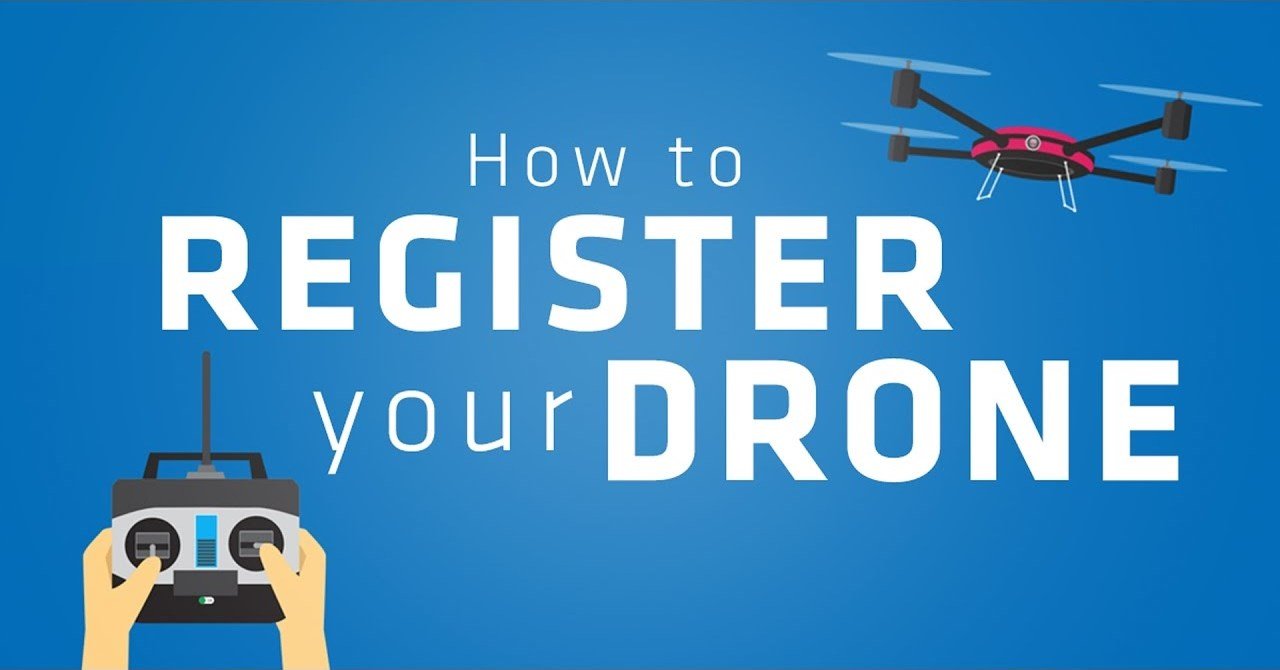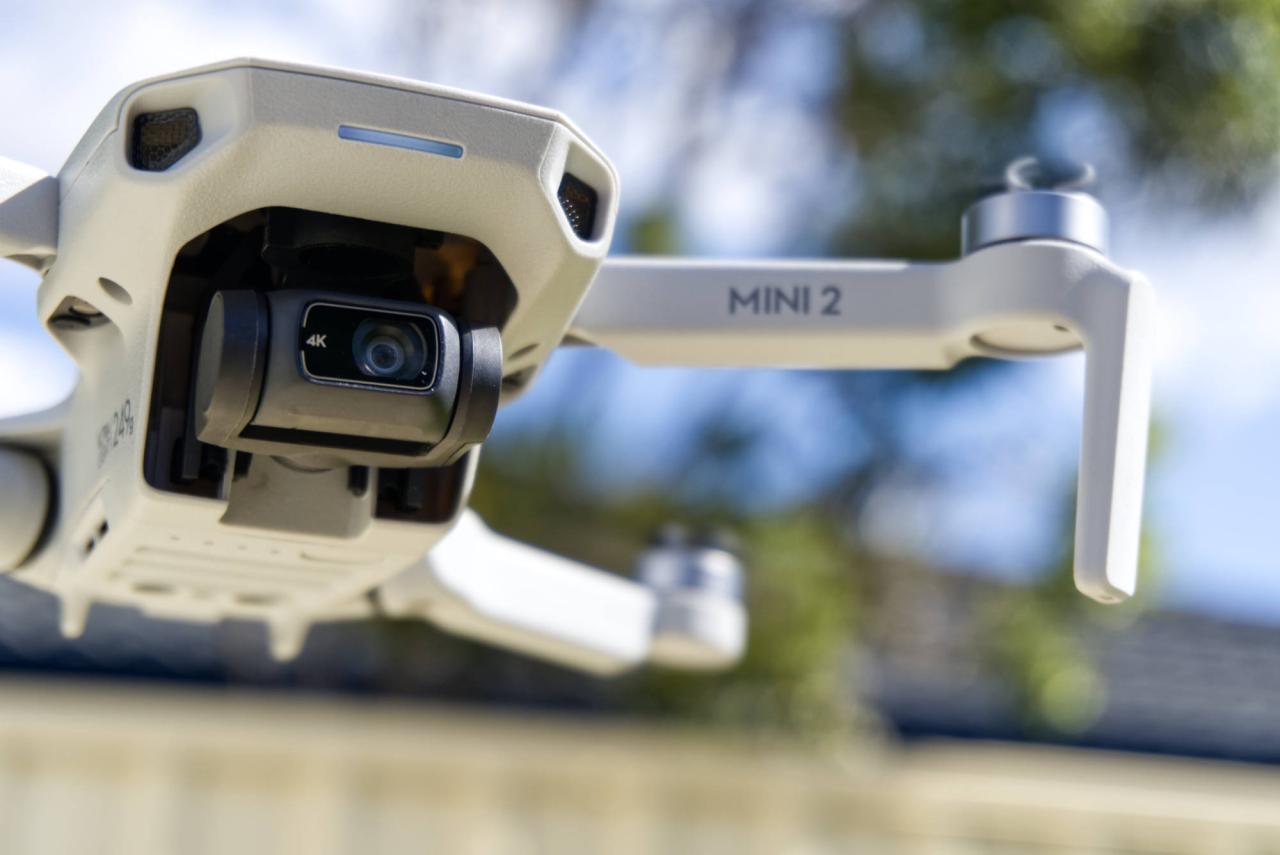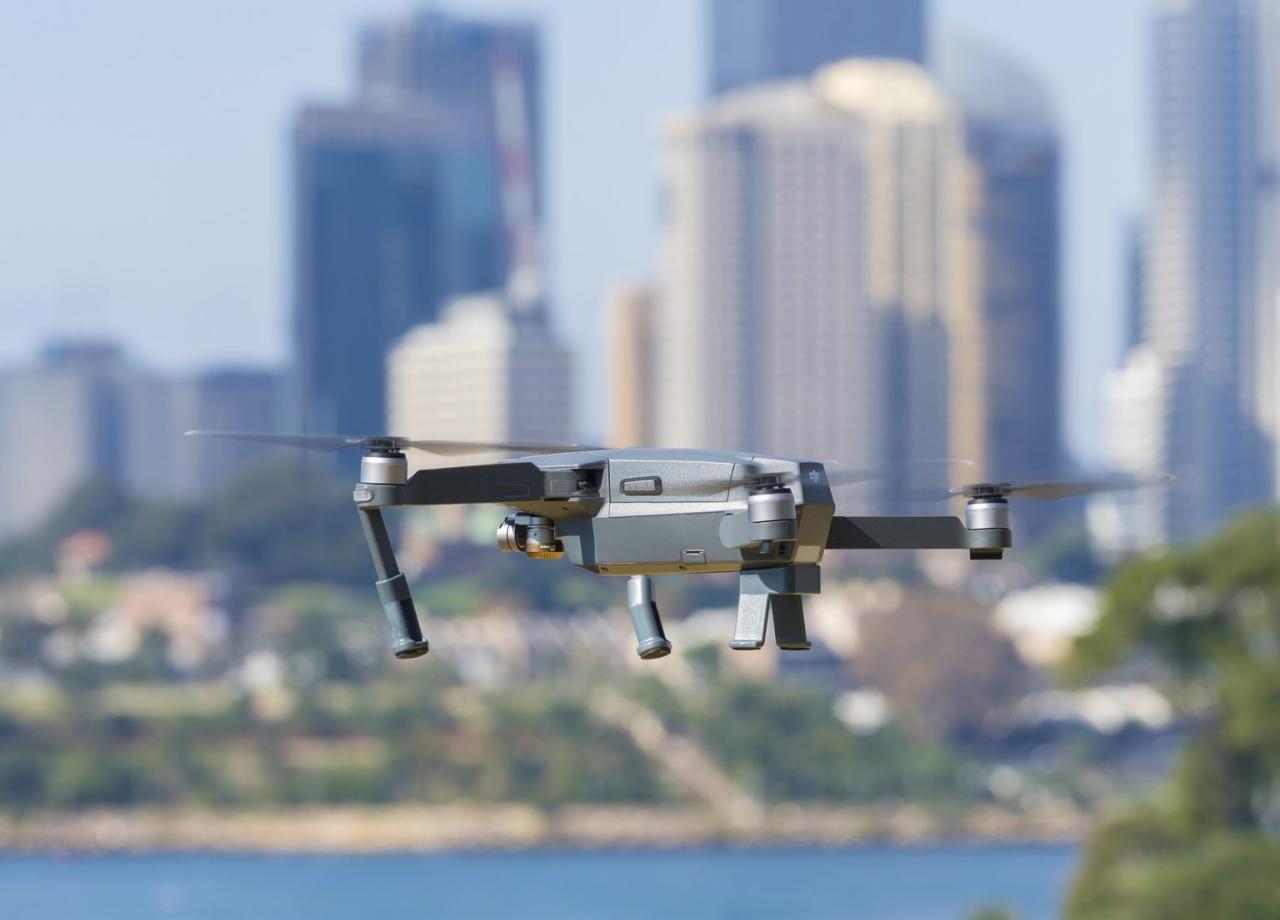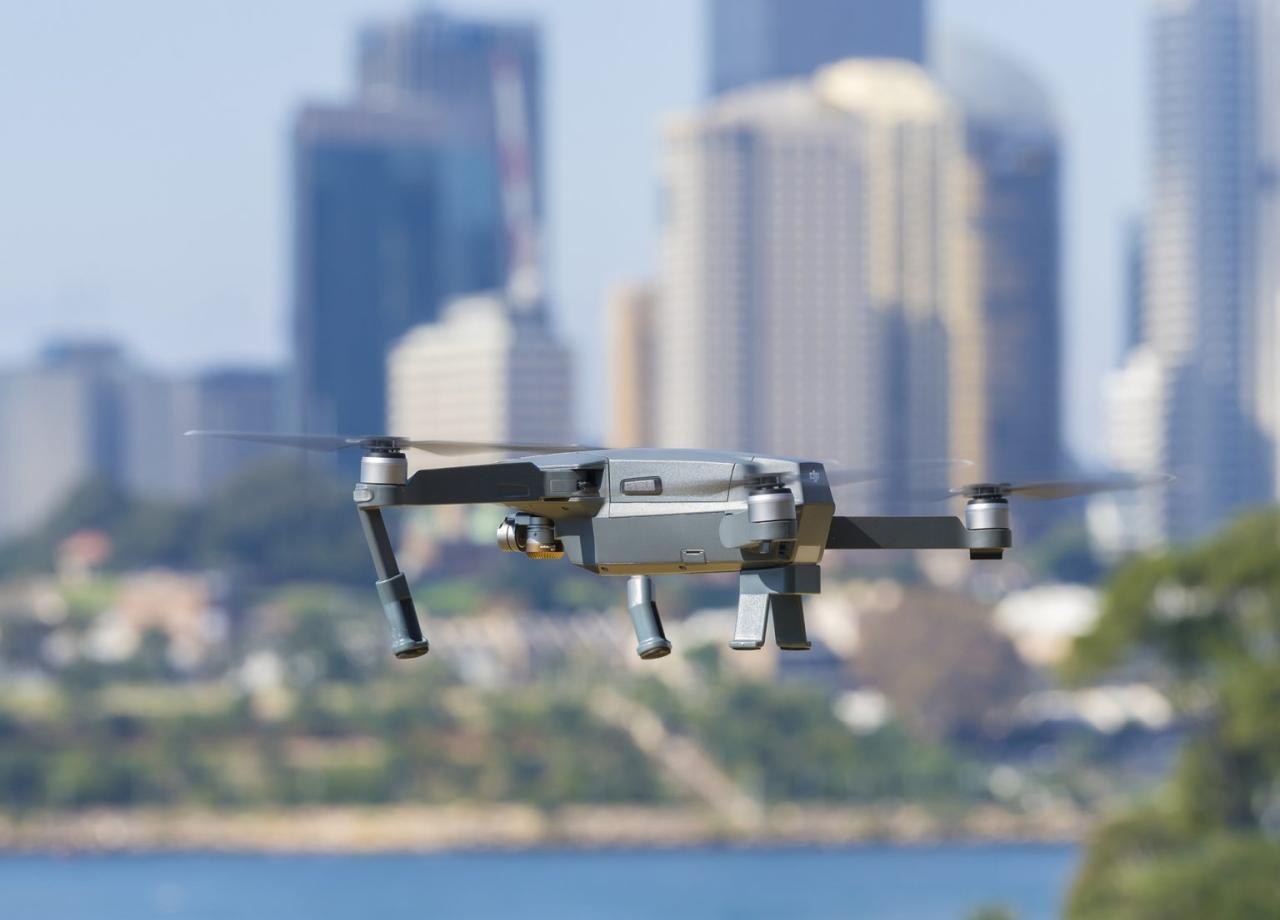Canada drone laws under 250g are surprisingly straightforward, but understanding them is crucial for safe and legal operation. This guide breaks down the key regulations for these smaller drones, outlining registration, operational rules, and potential liabilities. While seemingly simple, ignoring these laws can lead to hefty fines and other consequences. Let’s dive into what you need to know to fly your sub-250g drone responsibly and legally in Canada.
We’ll cover everything from registering your drone with Transport Canada to understanding airspace restrictions and privacy concerns. We’ll also explore the differences between regulations for sub-250g drones and larger, heavier models, helping you avoid common pitfalls and ensure you’re operating within the law. This guide aims to empower you with the knowledge needed to enjoy your drone responsibly and safely.
Okay, so you’re looking at drones under 250g in Canada? That means you’re likely covered by simpler regulations, but always check Transport Canada’s site! Snag a great deal on a new drone during the drone boxing day sale – just remember, even lightweight drones need to be flown responsibly and within the law. Knowing the rules before you fly is key to safe and legal drone operation in Canada.
Canadian Drone Laws for Sub-250g Drones: A Beginner’s Guide
Flying a drone in Canada, even a lightweight one under 250g, isn’t as simple as pointing it in the air. Transport Canada sets clear regulations to ensure safe and responsible drone operation. This guide provides a comprehensive overview of these laws, helping you understand your responsibilities as a drone pilot.
Overview of Canadian Drone Regulations for Sub-250g Drones, Canada drone laws under 250g

The legal framework governing sub-250g drones in Canada is less stringent than for larger drones, but it’s crucial to understand the rules. Transport Canada considers these smaller drones to pose a lower risk, resulting in simplified regulations. However, certain key safety guidelines still apply.
Transport Canada’s guidelines for sub-250g drones primarily focus on safe operation and responsible use, emphasizing the pilot’s duty to avoid hazards and respect privacy. The key difference between sub-250g drones and larger drones lies in the registration requirements and the level of operational restrictions. Larger drones typically require more extensive registration, pilot certifications, and stricter operational limitations.
| Regulation | Sub-250g Drones | Larger Drones (>250g) |
|---|---|---|
| Registration | Generally not required, but recommended | Required |
| Pilot Certification | Not required | May be required depending on the drone’s use |
| Operational Restrictions | Limited restrictions, mainly focusing on safety and privacy | More extensive restrictions, including airspace limitations and operational standards |
| Insurance | Recommended | Often required |
Registration and Identification Requirements
While not mandatory, registering your sub-250g drone is strongly recommended. Registration helps Transport Canada track drone operations and improves accountability. Marking your drone with your name and address is also advisable, though not legally mandated for this weight class. Operating an unregistered drone, while not currently subject to fines for sub-250g models, could lead to penalties if involved in an incident.
Okay, so you’re looking at drones under 250g in Canada? That means you’ll need to know the basic rules before you fly. To find a good starting point, check out what’s available at stores like Best Buy – you can see their selection of drones here: best buy drone. Remember though, even lightweight drones still need to follow Transport Canada regulations, so make sure you’re up to speed on those before taking to the skies!
A step-by-step guide for drone registration (though not legally required for sub-250g drones, it’s good practice for larger drones and sets a good precedent):
- Visit the Transport Canada website. A screenshot would show the main page with a prominent link to drone registration.
- Create an account. A screenshot would display the account creation form, highlighting the required fields.
- Provide drone information. A screenshot would show the form requesting details such as the drone’s serial number and model.
- Pay the registration fee (if applicable for larger drones). A screenshot would show the payment page.
- Download and print your registration certificate. A screenshot would show the downloaded certificate with the unique registration number.
Operational Rules and Restrictions

Even though sub-250g drones have less stringent regulations, safe operation remains paramount. These drones should never be flown near airports, heliports, or other critical infrastructure. Flying over densely populated areas or near people is also discouraged unless explicitly permitted. Always maintain visual line of sight with your drone.
- Avoid flying near airports and other restricted airspace.
- Maintain visual line of sight at all times.
- Never fly over crowds or populated areas.
- Respect privacy; avoid filming or photographing individuals without their consent.
Common mistakes include losing visual contact, flying near airports, and invading people’s privacy. These can lead to accidents, fines, and legal action.
Privacy Concerns and Data Protection
Operating a drone raises significant privacy concerns, especially when capturing images and videos. Canadian law requires respecting individual privacy, and unauthorized recording can lead to legal repercussions. The penalties for privacy violations are severe and could include hefty fines or even criminal charges. While comparing Canadian privacy laws with those of the US and UK reveals similarities in the emphasis on individual rights, specific regulations may vary.
Scenario: A drone pilot films a neighbour’s property without permission, capturing private activities. This could lead to a privacy lawsuit with significant financial penalties for the drone operator.
Insurance and Liability
While not legally mandated for sub-250g drones, obtaining insurance is highly recommended. Accidents can happen, and liability for property damage or injury can be substantial. Many insurance providers offer drone liability coverage, protecting you against potential claims.
Potential liability issues include property damage from a drone crash, injuries caused by a falling drone, or privacy violations leading to legal action. Resources for finding insurance include online brokers specializing in drone insurance and contacting your regular home or business insurer.
Liability risk mitigation checklist:
- Obtain appropriate insurance coverage.
- Fly responsibly and adhere to all regulations.
- Maintain visual line of sight.
- Respect privacy.
- Regularly inspect your drone for mechanical issues.
Future Trends and Potential Regulatory Changes

Technological advancements are constantly pushing the boundaries of drone capabilities. Future regulatory changes might include stricter requirements for drone identification and tracking, enhanced safety features, and potentially stricter rules around autonomous flight. Other countries are already implementing more sophisticated regulatory frameworks, and Canada may follow suit.
Flying drones under 250g in Canada has its own set of rules, mainly focusing on safety and responsible operation. To really understand the nuances and best practices, check out the resources available at the reality ai lab , which offers insights into advanced drone tech and applications. Knowing these regulations is key to avoiding any legal trouble when flying your lightweight drone in Canada.
Hypothetical scenario: Advancements in AI-powered drones could lead to regulations requiring specific certifications for autonomous drone operations, potentially impacting the accessibility of certain drone technologies.
Final Summary: Canada Drone Laws Under 250g
Flying a drone in Canada, even a lightweight sub-250g model, requires awareness of the regulations. This guide has provided a foundational understanding of the key legal aspects, from registration and operational rules to privacy concerns and liability. Remember, responsible drone operation is not just about following the rules; it’s about ensuring the safety of yourself, others, and the airspace.
By staying informed and following these guidelines, you can enjoy the benefits of drone technology while minimizing potential risks and legal issues.
Detailed FAQs
What happens if I fly my sub-250g drone without registering it?
You could face fines from Transport Canada. Registration is a legal requirement.
Can I fly my sub-250g drone at night?
Generally, night flights are restricted unless you have specific exemptions or permits. Check Transport Canada guidelines for details.
Do I need insurance for a sub-250g drone?
While not always legally mandated, insurance is highly recommended to protect yourself from liability in case of accidents or property damage.
Where can I find the most up-to-date information on Canadian drone regulations?
The official Transport Canada website is the best source for the latest rules and guidelines.
